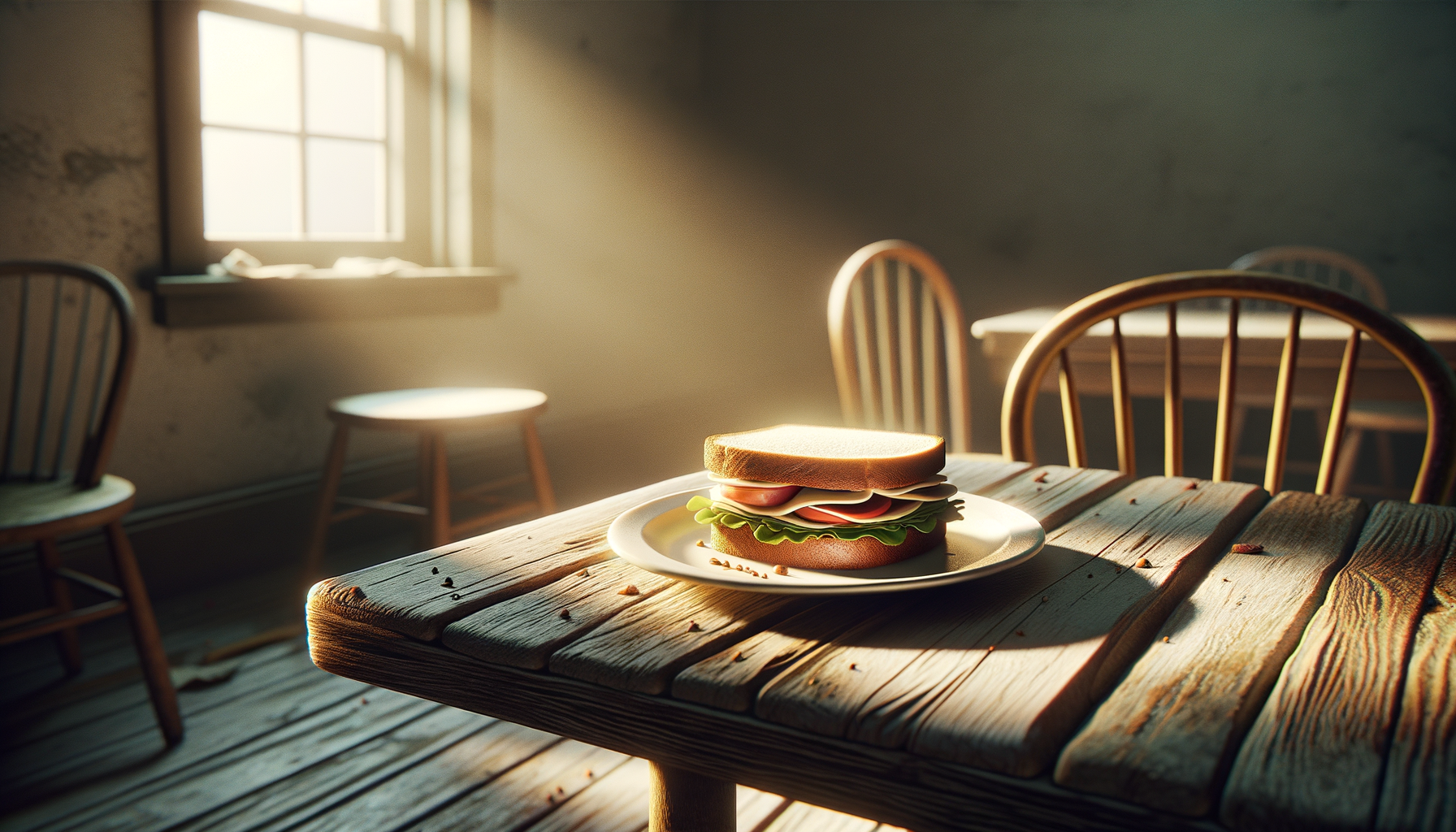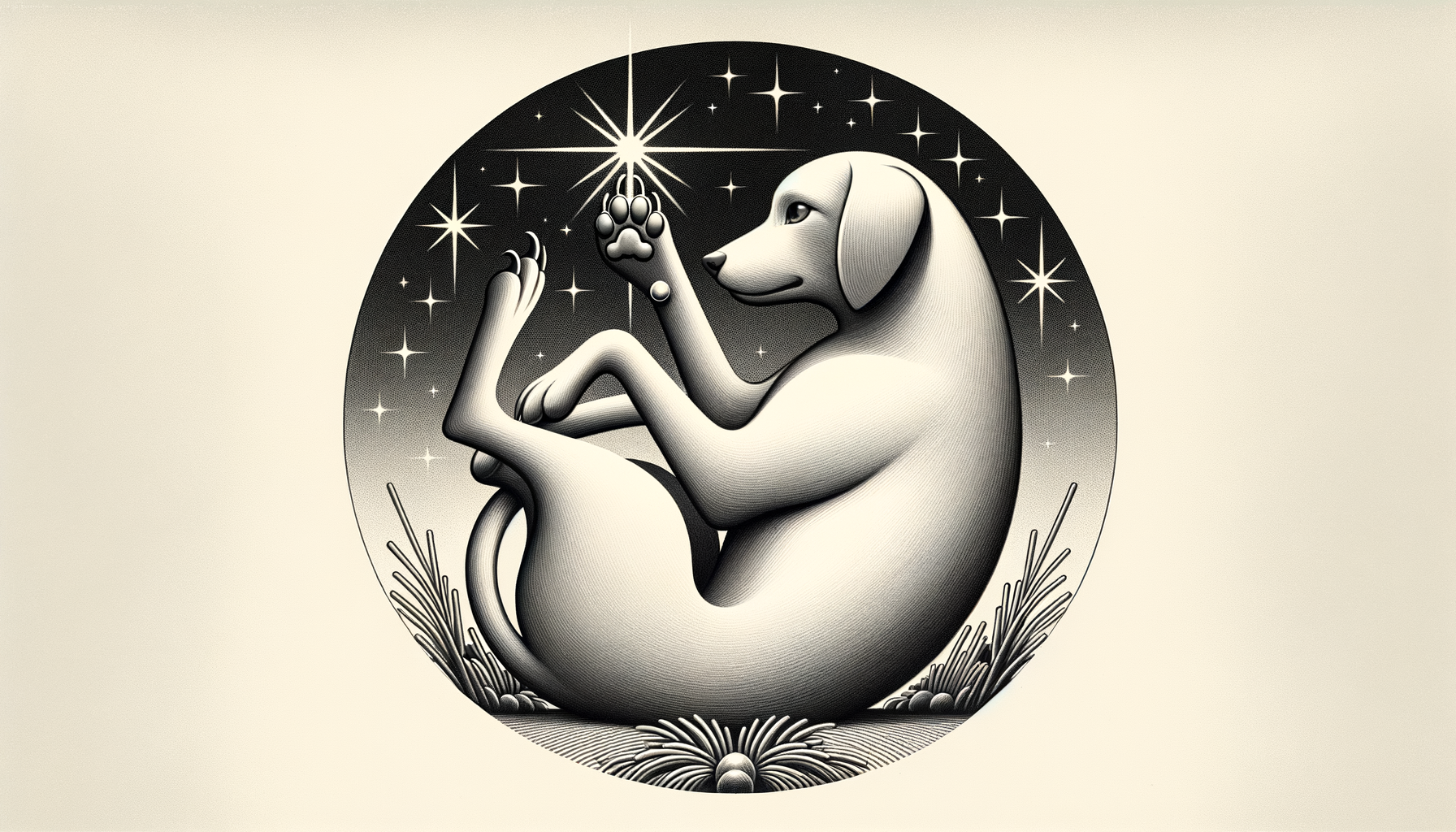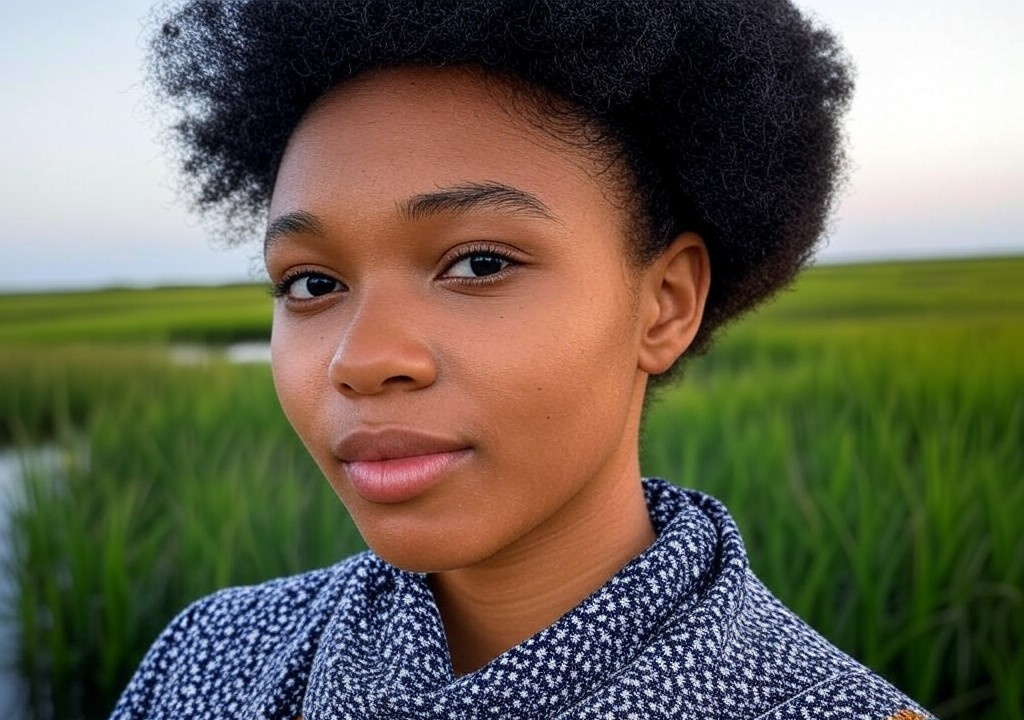It started, as these things often do, on a rainy Tuesday, when my roommate back in grad school dropped a tattered copy of Pilgrim at Tinker Creek by Annie Dillard onto my lap and said, “This book will change you.”
Now, I’ve always been wary of anything touted to “change my life.” Kale salads? Nope. Meditation apps? I fell asleep every time. Influencer-guided yoga? I only got a suspicious crick in my neck. So, naturally, I rolled my eyes, tossed the book aside, and went back to staring at my laptop, pretending to write but actually agonizing over how to craft a moody protagonist for my thesis. Story of my creative life.
It wasn’t until weeks later, during a particularly gnarly bout of writer’s block, that I cracked it open. I expected a few nice, flowery descriptions of creeks and some dense literary prose I could skim through and then smugly call myself “well-read.” What I didn’t expect was for it to punch me straight in the solar plexus—figuratively speaking, of course. (Although, if Annie Dillard herself had shown up to give me an encouraging gut-punch, I wouldn’t have declined.)
A Book About Trees That Wasn’t Really About Trees
For the uninitiated, Pilgrim at Tinker Creek is technically a book about nature. Technically. But it’s also not—it’s more like this sprawling, meditative mind trip where Dillard dissects everything from the miracle of a single cell to the unthinkable vastness of the universe. She writes about light glittering on water as though she’s whispering secrets directly to you, about frogs disappearing into the mouths of herons like something out of a dream. But embedded in these poetic ramblings about the natural world is a question that hit me harder than any overt self-help book ever could: Am I paying attention to my life? Really paying attention?
This landed in my chest like a boulder because, if I was honest, the answer was no. Back then, I was too busy flinging myself toward abstract goals—books to write, degrees to earn, careers to chase. The day-to-day moments? Those were just speed bumps to hurdle over on my way to The Next Big Thing.
The irony, of course, is that I grew up in Coeur d’Alene—a place so picturesque it could moonlight as a desktop background. My parents’ lakeside resort meant daily sunsets that rivaled oil paintings and endless access to quiet woods where you could hear your own breath. Yet, when I look back at those days, I realize just how much I missed because I was laser-focused on being somewhere else instead of actually being where my feet were.
Attention Is Romantic (Seriously)
Now here’s where things get interesting—and, I promise, relevant to you. Learning to pause and pay attention isn’t just about becoming a better writer (although, hey, it helps with that, too). It’s about being a better partner, a better friend, and, ultimately, a better human.
Relationships thrive on attention. Not the can’t-look-away kind you give to a Grey’s Anatomy marathon, but the quiet, intentional kind—the kind where you notice what your partner isn’t saying in between what they are. Where you make mental note of how they take their coffee (double cream, no sugar), or how the furrow between their eyebrows deepens when they’ve had a rough day at work. Dillard taught me that the world is bursting with detail, begging to be noticed, and that same principle applies to the people we love.
If I’m really putting my cards on the table here, I’ll admit I used to be a terrible listener. I was the queen of distracted nodding during conversations, already thinking three steps ahead (or three levels deep into my Spotify shuffle). But Pilgrim at Tinker Creek demanded that I shift gears and actually sit in the stillness, to watch and see—not just observe, but understand. It was, without exaggerating, a crash course in how not to phone it in.
How to Channel Annie Dillard Energy in Your Relationships
You don’t need to spend hours bird-watching by a creek (unless that’s your thing—then, by all means). Here’s a streamlined version of what reading Pilgrim at Tinker Creek taught me about being present in relationships:
-
Slow the Heck Down.
Most of us treat life like a to-do list, multitasking our way through love and connection. But it’s impossible to notice the little things if you’re always in a rush. Practice slowing down, whether that means lingering over your morning coffee together or taking a phone-free stroll after dinner. You can’t see the herons if you don’t stop long enough to look. -
Focus Beyond Words.
People are like forests—layers upon layers of complexity—and their words are just the leaves on the surface. Pay attention to what’s underneath: their body language, the tone they use, the pauses in their speech. Sometimes the “frog in the water” moment is hidden in the unsaid. -
Cultivate Curiosity.
We tend to get complacent with the people we love, assuming we already know everything about them. But here’s the truth: no one is ever fully knowable. Channel your inner Annie Dillard and approach your partner with the same awe and curiosity as you would a stream filled with glittering fish. Ask questions. Stay intrigued. There’s always more to discover. -
Find Joy in the Minutiae.
Romantic gestures don’t have to be grandiose! They can be as simple as noticing they squeeze the toothpaste from the middle and buying one of those split-cap dispensers just to make their mornings easier. Small acts of attention accumulate into something big, like drops of water filling a lake.
When Annie Dillard Met Online Dating (Kind Of)
True story: I tried explaining all of this to a guy I went on a date with a few summers ago. I might’ve gotten a little too excited when I launched into my “Attention is love!” soapbox during what was supposed to be a casual lakeside picnic. (I’m fairly certain I saw his eyes glaze over somewhere between “Cosmic—yet intimate!—interconnection!” and “Metaphorically diving into life.”) Needless to say, we didn’t have a second date, but I like to think I left him with at least a nugget of wisdom about frogs and still water. You win some, you lose some.
Closing the Book (But Not the Lesson)
Here’s the thing about books that change your life: they rarely do it in the way you imagine. I haven’t become a sage-like observer who can wax poetic on dragonflies or see beauty in spiders (seriously, those little guys still freak me out). And I’m definitely not Annie Dillard’s spiritual successor, meditating on creek beds like a mystical reclusive poet.
But one thing I’ve learned is this: every relationship in your life—romantic, platonic, familial, even your relationship with yourself—begs the same fundamental question as Dillard’s creek-side musings: Are you paying attention? Because if you’re not, trust me, you’re missing the good stuff.
Turns out, sometimes it’s the quiet books—the ones not screaming from bestseller lists or Oprah’s Book Club— that have the loudest impact. And while Pilgrim at Tinker Creek doesn’t exactly read like an instruction manual for 21st-century relationships, it might be the map we didn’t know we needed.
So go. Take the long way home. Hold their gaze a second longer. Notice the reflection of tree branches in a puddle. It might not change your life all at once, or deliver some Hollywoodesque grand epiphany, but it could set you firmly, beautifully, at the edge of your own creek, waiting to be amazed.




















